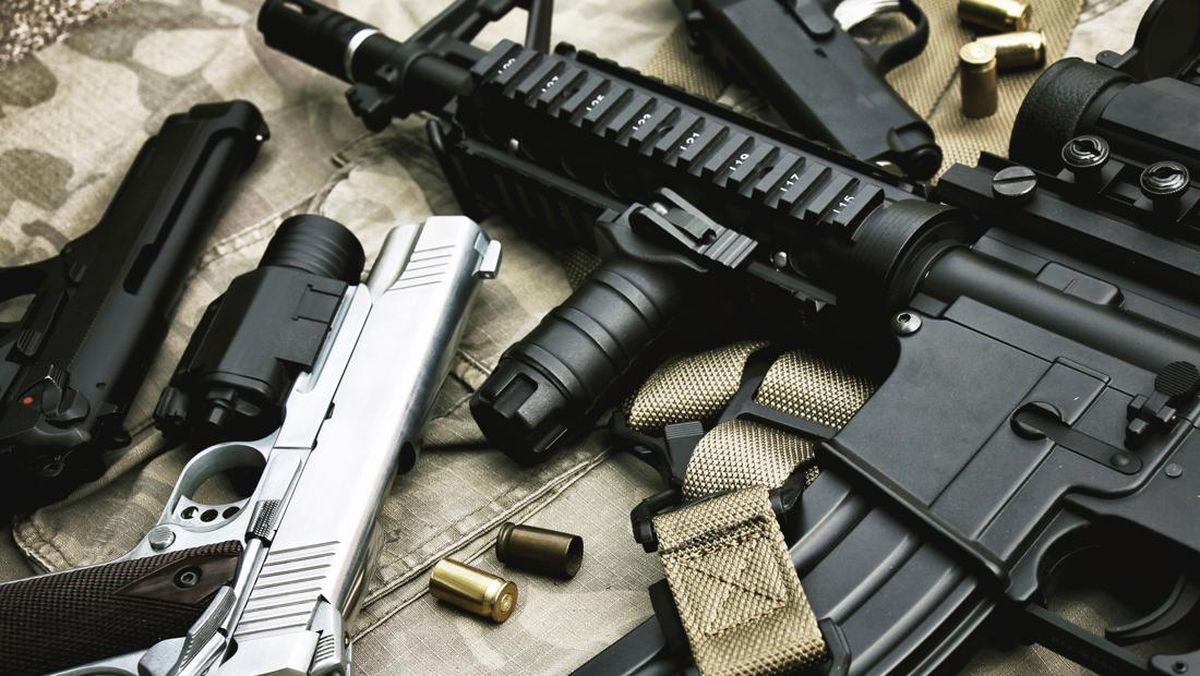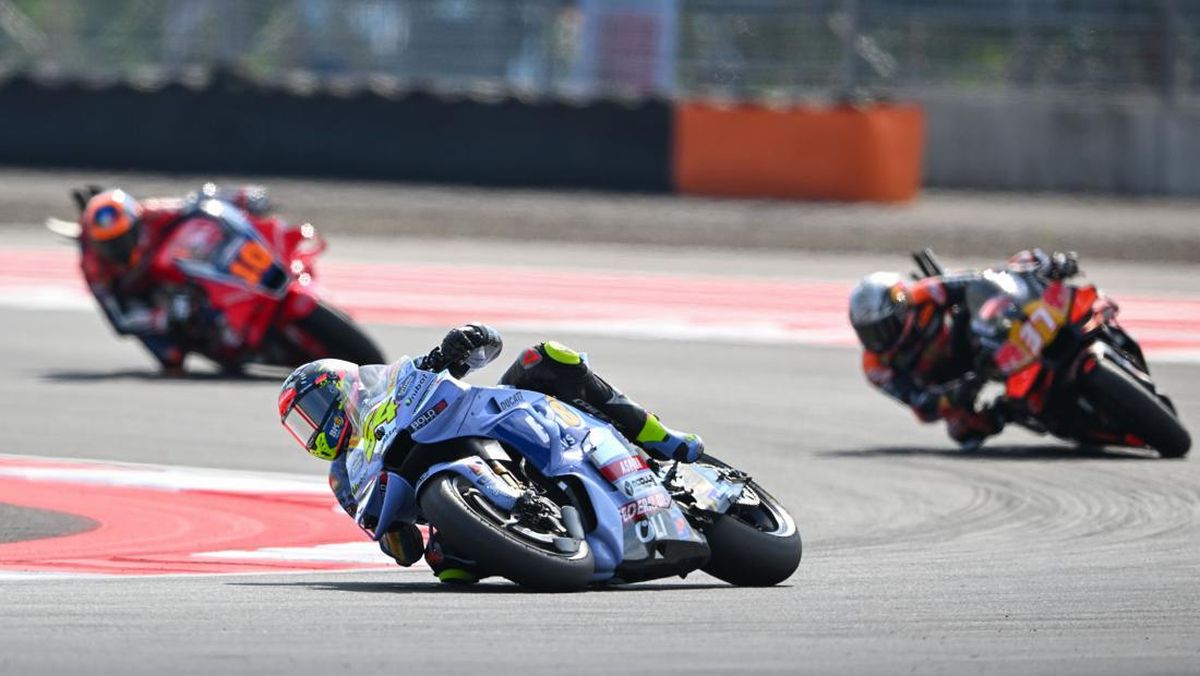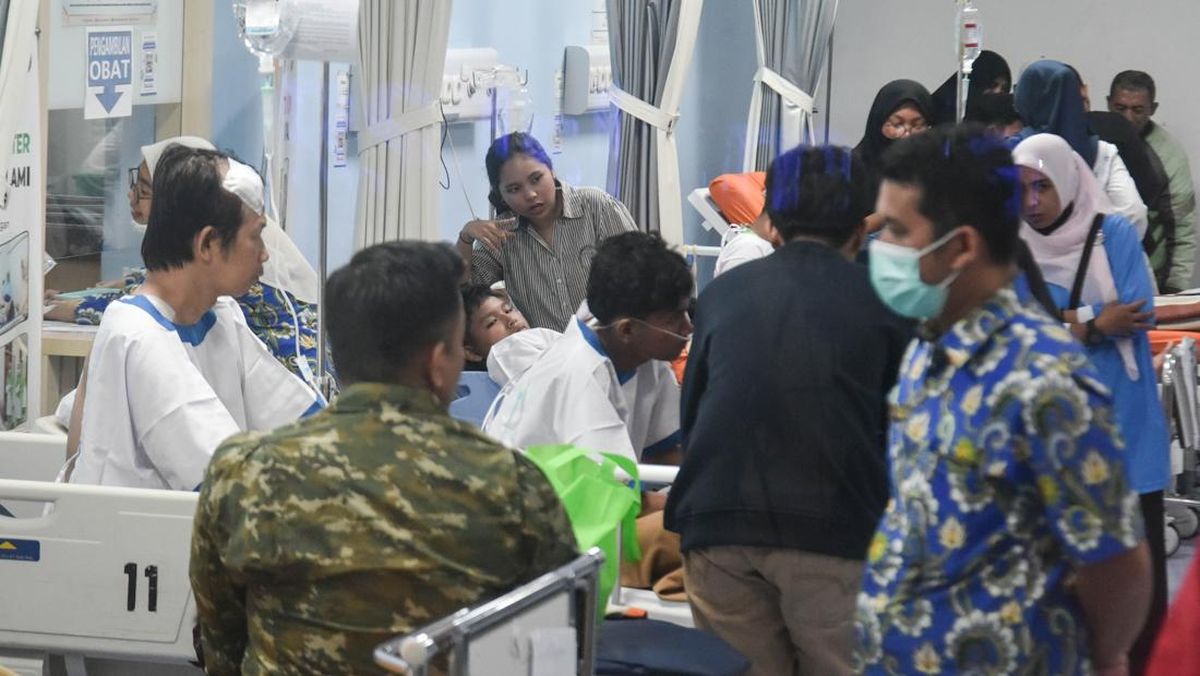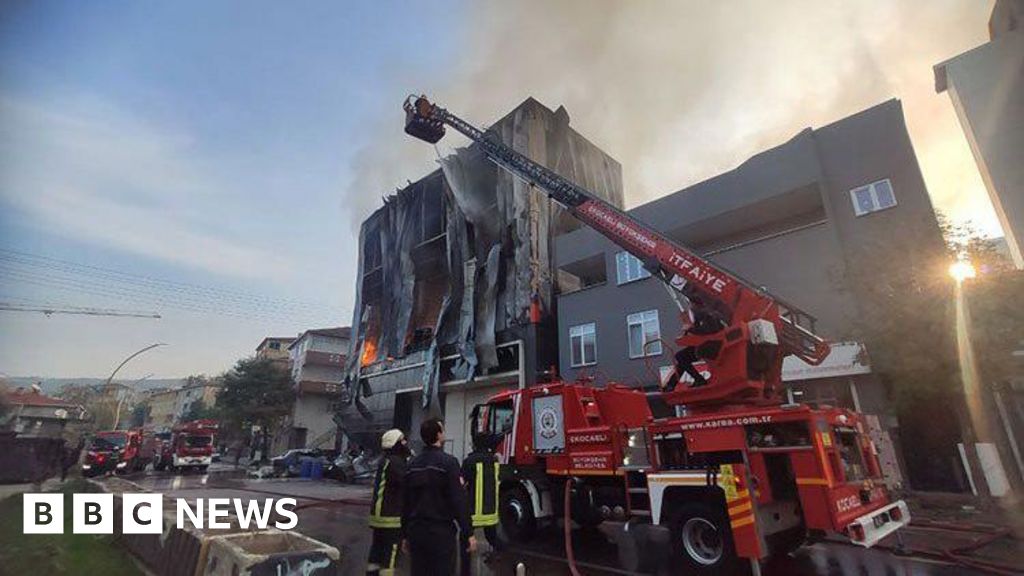By Joe Barnes
November 8, 2025 — 3.30pm
Russia has dramatically increased the range of its Soviet-era glide bombs by strapping jet engines to the weapons.
The evolution will probably put further strain on Ukraine’s stretched air defences at a time when Russian President Vladimir Putin is attempting to convince US President Donald Trump he is winning the war.

An SU-34 drops a glide bomb over Ukrainian positions in an image released by the Russian Defence Ministry last year.Credit: AP
In recent months Ukrainian war bloggers have shared images purporting to be the bombs, known as KABs, fitted with Chinese-made turbojet engines.
Previously the Soviet-era bombs, fitted with wings and GPS kits, could achieve a range of up to 80 kilometres when dropped from Russian SU-34 jets near the front lines.
Major General Vadym Skibitsky, deputy head of Ukraine’s GRU military intelligence agency, has since revealed that the new retrofitted models can cover about 200 kilometres.
The first known images, which remain unverified, appear to show the remains of one such bomb in a field in the eastern Poltava region.

Traditional Russian bombs are being converted to act as improvised missiles.Credit: AP
Among the wreckage was a Chinese-made Swiwin SW800Pro-Y turbojet engine, which is available to purchase on the Alibaba e-commerce website for about $27,000.
Skibitsky said the newly adapted weapons have also been found fitted with “new control modules”, giving them extra resistance to electronic warfare jammers used by Ukraine to interrupt the bombs’ flights.
Use of the weapons, although unconfirmed, dates back to September, with Russian media outlets confirming testing of a new weapon with the moniker “UMPK”.
Ukrainian officials in the north-eastern Kharkiv region said a jet-propelled glide bomb had hit the town of Lozova, a key railway hub, after covering a distance of 136 kilometres.
Loading
The new bomb, while not a war-winning weapon, does put significantly more Ukrainian towns and cities at risk of being hit.
“The main consequences for Ukraine can be summarised as follows: an expansion of the potential strike zone and an additional burden on Ukrainian air defence forces,” Serhii Kuzan, chairman of the Ukrainian Security and Co-operation Centre, told the London Telegraph.
“Cities and infrastructure facilities located up to 200 kilometres from the front line, which were previously considered relatively safe from guided aerial bombs, are now under threat.
“This covers a significant part of the Poltava, Dnipropetrovsk, Kharkiv, Zaporizhzhia, Mykolaiv and Odesa regions.”
Cheap alternative
Ukraine is scrambling to secure supplies of air defence systems and interceptor missiles as Moscow ramps up its bombardment of civilian and energy infrastructure ahead of the winter months.
As a cheaper alternative to cruise missiles, the use of the jet-powered glide bombs could increase long-range attacks and stretch Ukraine’s thin air defences.
Kyiv has already been forced to deploy most of its surface-to-air missile systems near critical infrastructure, rather than using them to defend extensive territories.
Ukrainian sources have confirmed successful interceptions of the new weapon, at a reasonable rate.
However, it also does not make financial sense for Ukraine to use expensive Western interceptors, such as the American-made Patriot PAC-3, which can cost close to $US1 million per missile, to take down such a cheaply produced weapon.
Russia started modifying its Soviet-era KABs in 2023 amid shortages of cruise missiles and a need to drop bombs from further behind the front lines to protect its jets from Ukrainian surface-to-air systems.
About 40,000 have been dropped on Ukraine since their introduction, according to Ukrainian officials.
The new model will allow Moscow’s warplanes to launch bombs from out of range of Ukraine’s Western, medium-range systems, such as NASAMS or IRIS-T, according to Kuzan.
The tweaked system partially reflects Russia’s dwindling stockpiles of air-to-surface missiles, as well as a need to protect its fighter jets at a time when Ukraine is receiving more Western air defence systems.
Loading
For Kuzan, the jet-powered bombs are not going to be a game-changer for Putin’s forces.
“We must understand that the modernisation of glide bombs with jet engines is an evolutionary, not a revolutionary step in the Russian arsenal,” he said.
“It does not fundamentally change the nature of the war but it creates additional challenges for Ukrainian defences, expanding the geography of risk and increasing the load on an already overburdened air defence system.”
But according to Ukrainian intelligence, Russia is a long way from mass-producing the modified jet-propelled bombs.
“Their use is limited to testing with occasional strikes on various regions to assess their effectiveness and the response of Ukrainian defences,” Kuzan concluded.
Telegraph, London
Most Viewed in World
Loading

















































